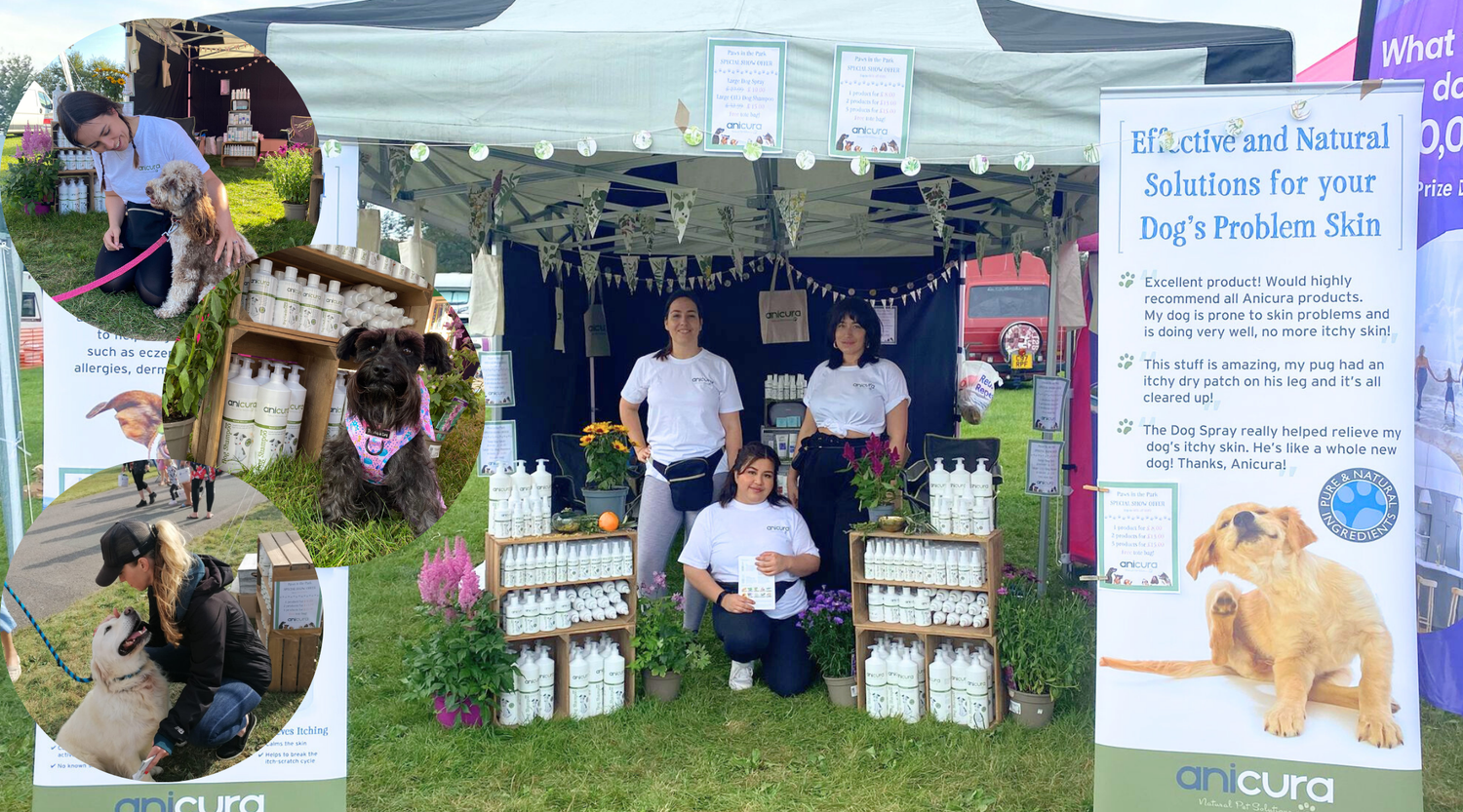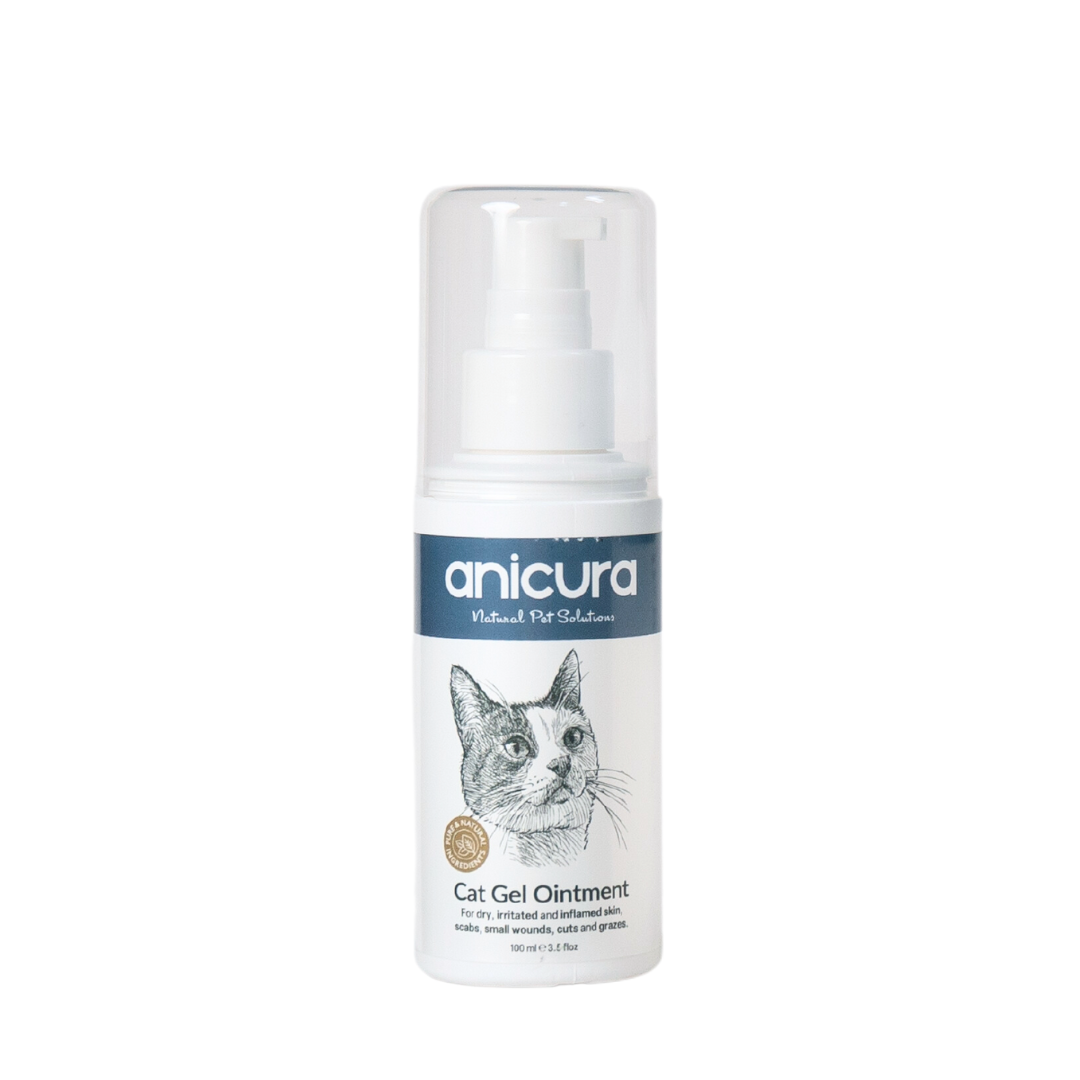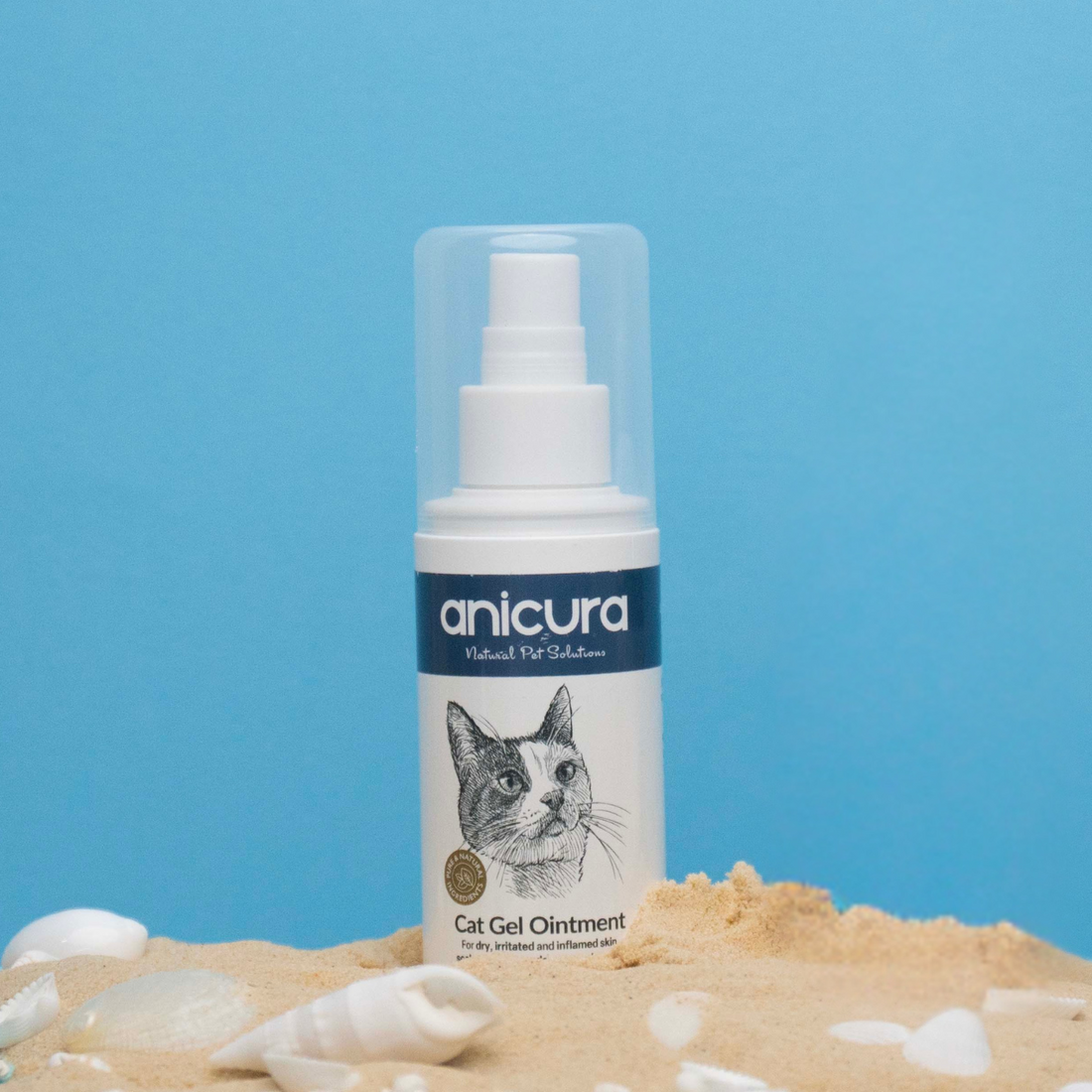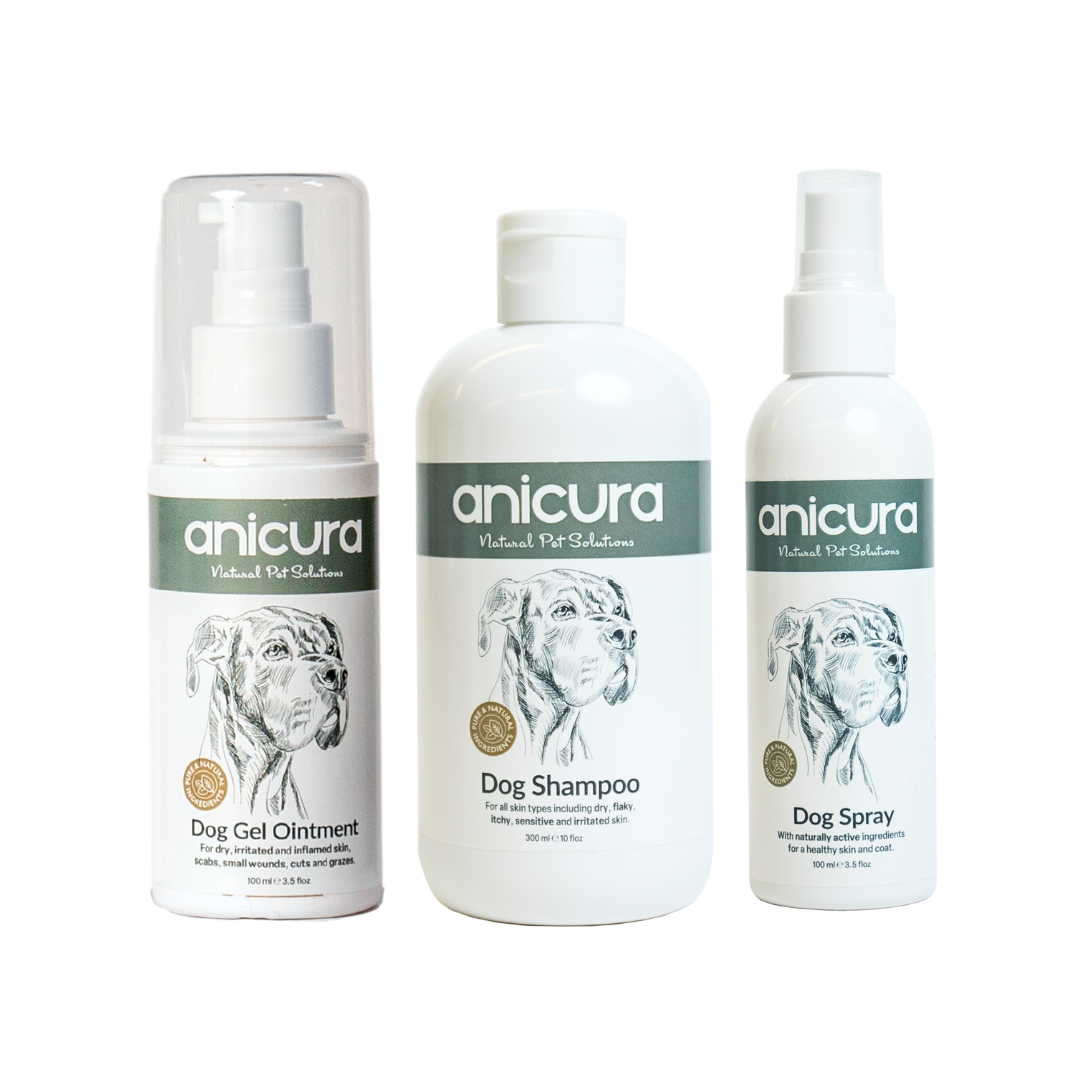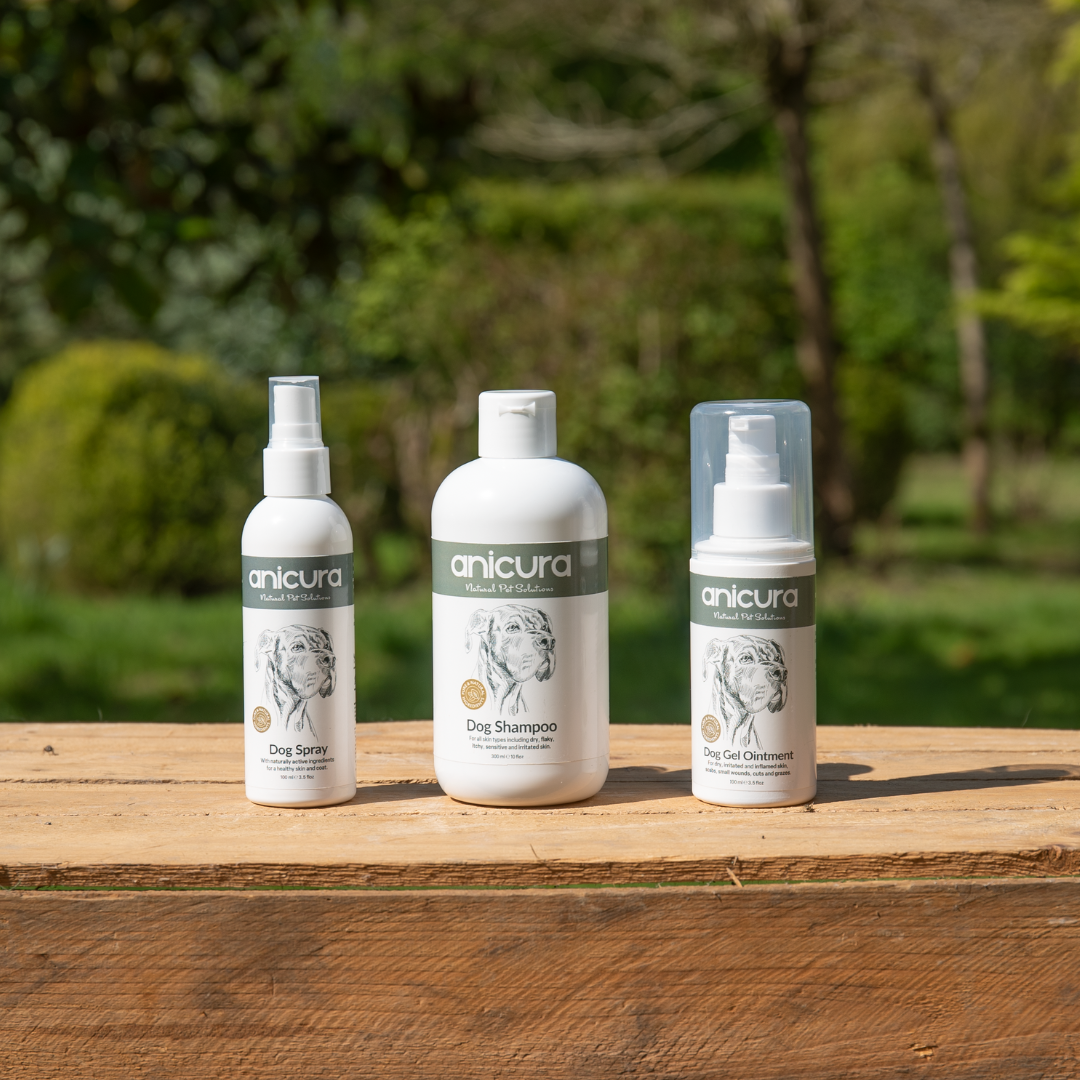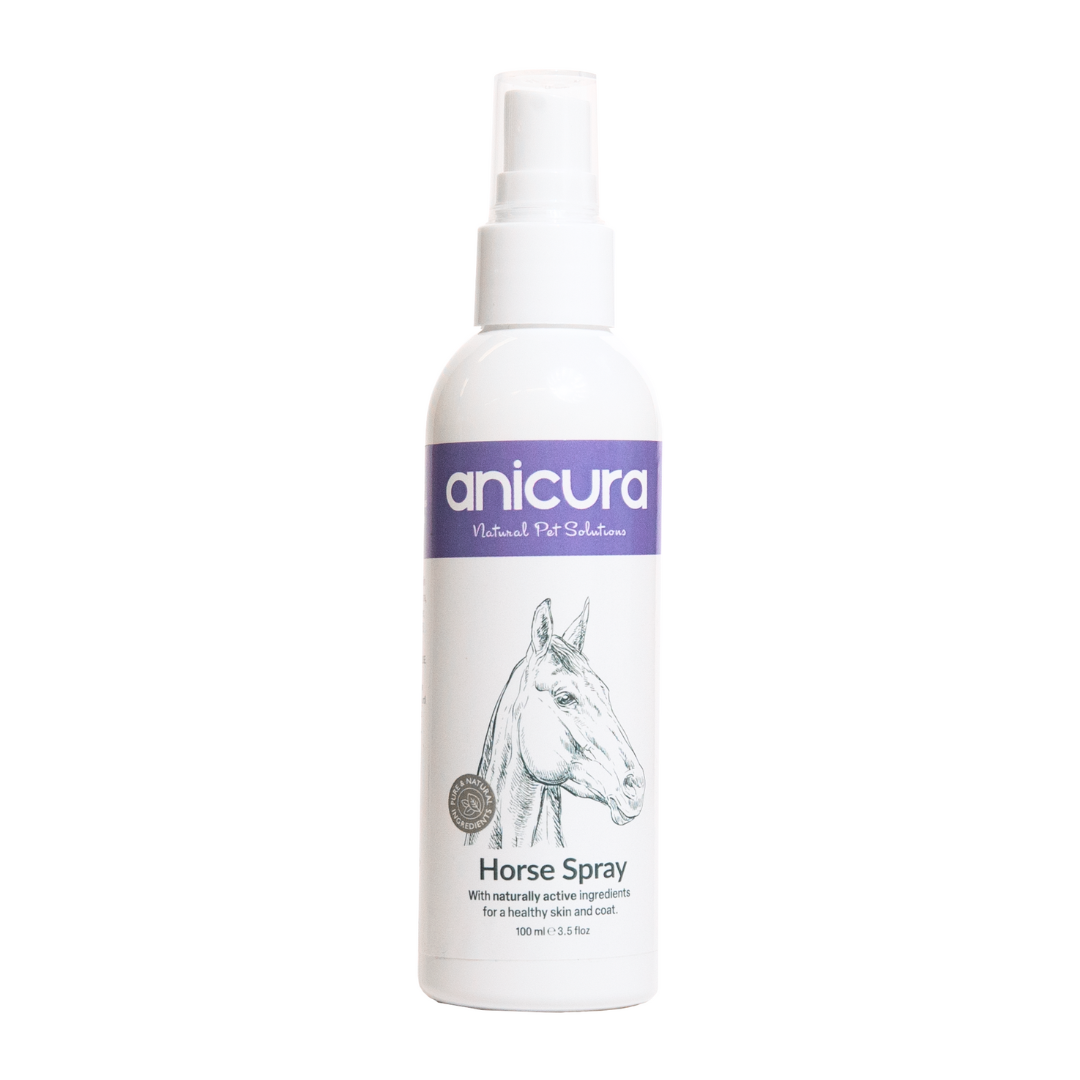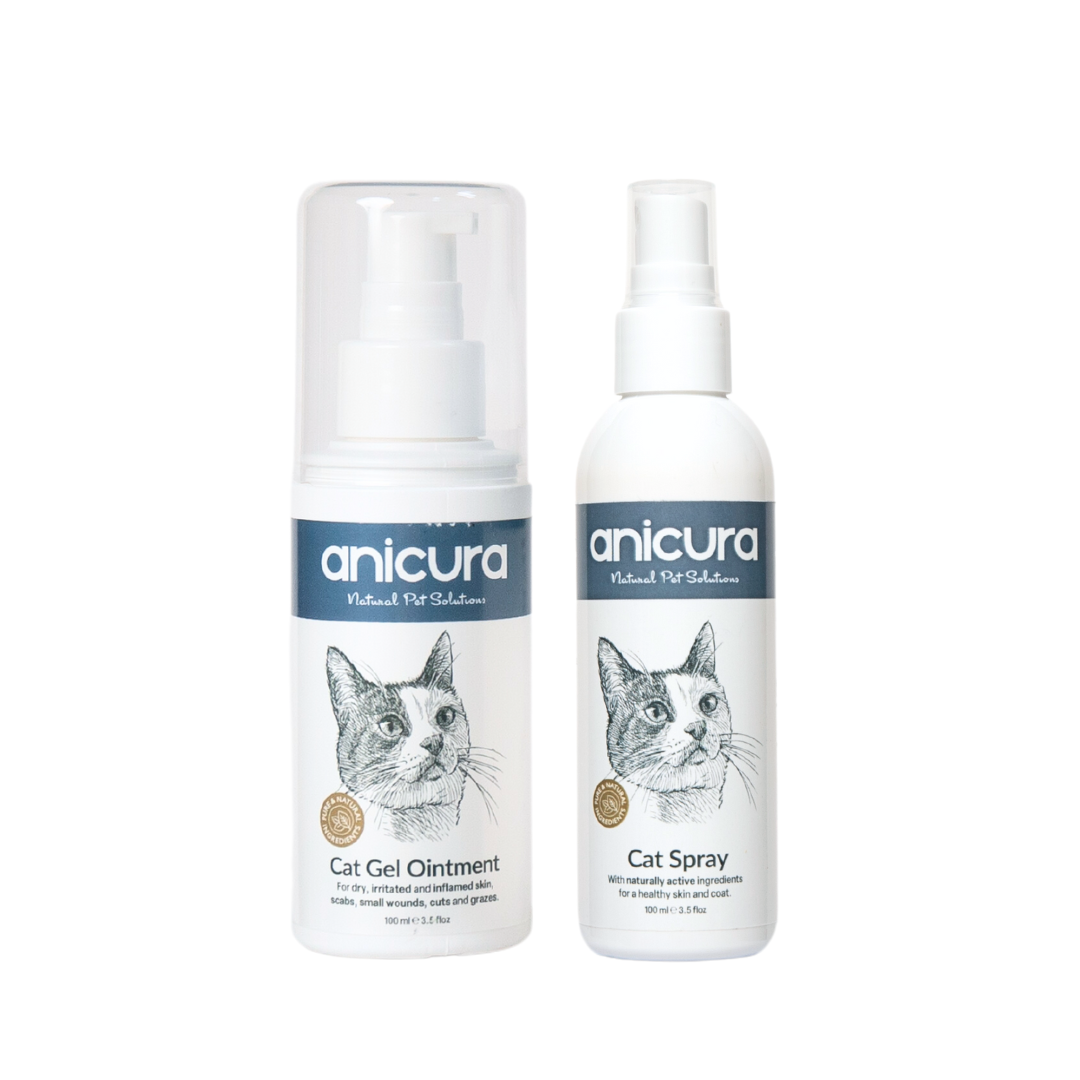Pet acne, also known as chin acne or in the case of cats, feline acne, is a common dermatological condition that affects the chin and lower lip area of dogs and cats. It typically appears as small, red or black bumps or pustules and can sometimes progress to more severe cases with inflamed and irritated skin.
The Causes of Pet Acne
The exact cause of pet acne is not always clear, but there are several factors that can contribute to its development. Some common causes include:
- Overactive sebaceous glands: pets, just like humans, have sebaceous glands that produce oils to keep the skin and fur moisturised. If their glands become overactive, they can clog the hair follicles, leading to the formation of acne.
- Poor hygiene: inadequate grooming, dirty food bowls and lack of regular chin cleaning can contribute to the accumulation of bacteria and oils, triggering acne breakouts.
- Allergies: Some pets may develop acne as a result of allergies to certain foods, medication, or environmental factors.
Symptoms of Pet Acne
Identifying pet acne can be relatively straightforward, as it tends to manifest in a recognisable way. Look out for the following symptoms: the presence of blackheads or whiteheads (they can sometimes look like black specks of dirt from afar), the appearance of small, red bumps or pustules on the chin or lower lip area, swelling, inflammation, or crusting of the affected area and itching or discomfort that leads to scratching or rubbing of the affected area.
Prevention and Treatment
There are a few things you can do at home to manage the symptoms of pet acne:
- Regular chin cleaning: gently clean your pet’s chin and lower lip with our gentle Shampoo to cleanse the area and remove oils and bacteria. The active ingredients in our Shampoo have been selected for their bio-scientifically proven ability to support the maintenance of healthy skin. The shampoo will work with your pet’s skin and will leave the skin and fur feeling nourished and moisturised. Be sure to rinse the Shampoo thoroughly and pat dry.
- Keep fur short: Trim the fur around the affected are to prevent excessive oil and dirt build-up. This can help keep the skin clean and reduce the chances of acne formation.
- Regular brushing: Brushing your pet’s coat regularly helps remove impurities, dead skin cells, and excess oil that may contribute to acne. Use a brush suitable for your pet’s fur type to maintain cleanliness.
- Avoid picking or squeezing: Resist the temptation to pick or squeeze your pet’s acne spots, as this can introduce bacteria and potentially lead to infection or scarring. Allow the acne to heal naturally.
- Maintain a clean environment: wash food and water bowls regularly, as accumulated dirt and bacteria can exacerbate acne. Use stainless steel or ceramic bowls, as plastic bowls can harbour more bacteria.
- Diet and nutrition: We recommend raw feeding your pet to ensure they are at their healthiest with a balanced diet. A raw diet can eliminate food allergies and sensitivities that may contribute to acne breakouts. If you would like to learn more about the benefits and how to introduce a raw diet into your pet’s routine, you can read our blog here.
- Avoid harsh chemicals: Refrain from using harsh chemicals or human acne products on your pet, as they can irritate the skin and worsen the condition. Instead, you can use our Gel which contains antibacterial properties which can help reduce acne, as well as healing properties which will help repair the skin. Also, as it’s designed to soothe and calm irritated skin, your pet will feel less inclined to scratch or rub the area, allowing healing to happen quicker.
- Consult a veterinarian: if your pet’s acne persists, worsens, or causes significant discomfort, it is essential to seek veterinary advice. Your veterinarian can provide a proper diagnosis, prescribe medicated creams or antibiotics if necessary, and guide you on the best course of action.
While pet acne may not be a life-threatening condition, it can still cause discomfort for our furry companions. By understanding the causes, symptoms, and preventive measures, we can ensure our pets stay healthy and happy. Regular hygiene practices, a balanced diet, and veterinary guidance are key to managing pet acne effectively. Remember, a little care can go a long way!



